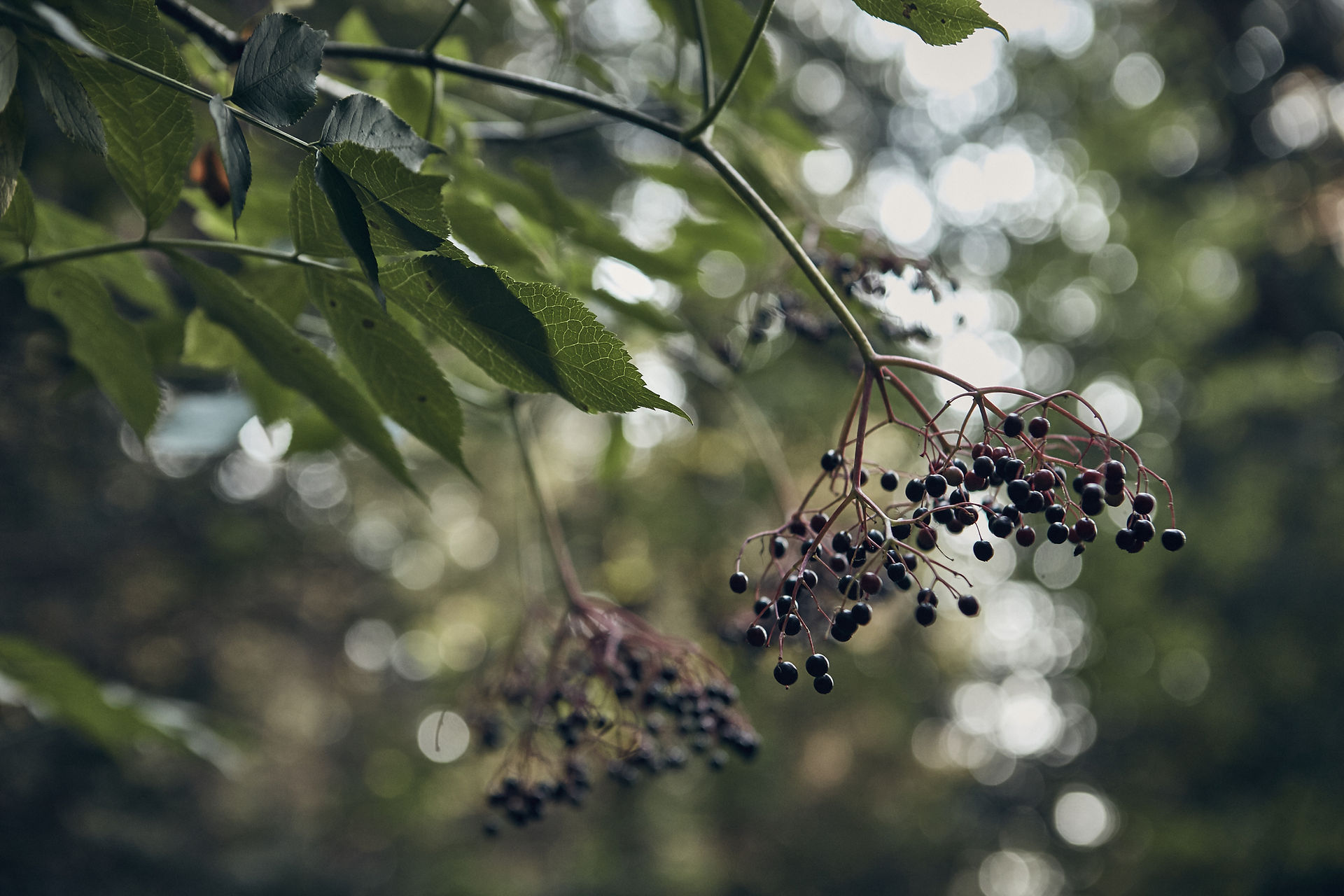
Tree Health
Graphs
Tree Condition
This chart displays the relationship between tree condition and tree type. Tree condition ratings include excellent (tree has no leafless/broken branches, the bark is uniform, the leaves are not discolored and they have no holes), good (tree may have some missing leaves/bark or some of the leaves are slightly discolored), fair (tree has a noticeable amount of missing leaves/bark, leafless/broken branches, and discolored leaves), poor (tree has a significant amount of missing leaves/bark, leafless/broken branches, damaged and discolored leaves). Tree types include Black Locust, Hackberry, Honey Locust, Linden Basswood, Norway Maple, Silver Maple, and Slippery Maple.
Leaf Stomata
This chart displays the relationship between average stomata and tree type. Average stomata refers to the amount of open stomata a plant has on its leaves within one section of the leaf. Tree types include Black Locust, Hackberry, Honey Locust, Linden Basswood, Norway Maple, Silver Maple, and Slippery Maple.
Tree Lichen
This chart displays the relationship between tree lichen and tree type. Tree lichen is composed of crusty lichen and leafy lichen colonies. The lichen colonies are rated in reference to the lichen survey procedure, which measures the amount of lichen in one 8.5x11 inch quadrant. The lichen colony rating ranges from 0-3 (0 is no lichen found in the quadrant, 1 is 1- 2 lichen colonies present, 2 is several small colonies located, 3 is observed lichens covering more than 10% of the quadrant). Tree types include Black Locust, Hackberry, Honey Locust, Linden Basswood, Norway Maple, Silver Maple, and Slippery Maple.
Soil
This chart displays the relationship between soil quality and tree type. Soil quality is composed of nitrogen, phosphorous, potassium, and pH readings. Nitrogen, phosphorous, and potassium readings are rated on a scale from 0-4 (0 is depleted, 1 is deficient, 2 is adequate, 3 is sufficient, and 4 is surplus). Tree types include Black Locust, Hackberry, Honey Locust, Linden Basswood, Norway Maple, Silver Maple, and Slippery Maple.
Data Averages Table
Locations
Data for this project can be collected anywhere that has trees and accessible soil, ideally free of mulch, stones and other materials. Locations that have already been visited for data collection include the Nature Museum (a city park and green space, featuring ponds, prairies and savannas), Montrose Point (a city park featuring a small forest, sand dunes, and a public beach) and Perry Avenue Commons (an urban green space featuring a community farm and small groves).